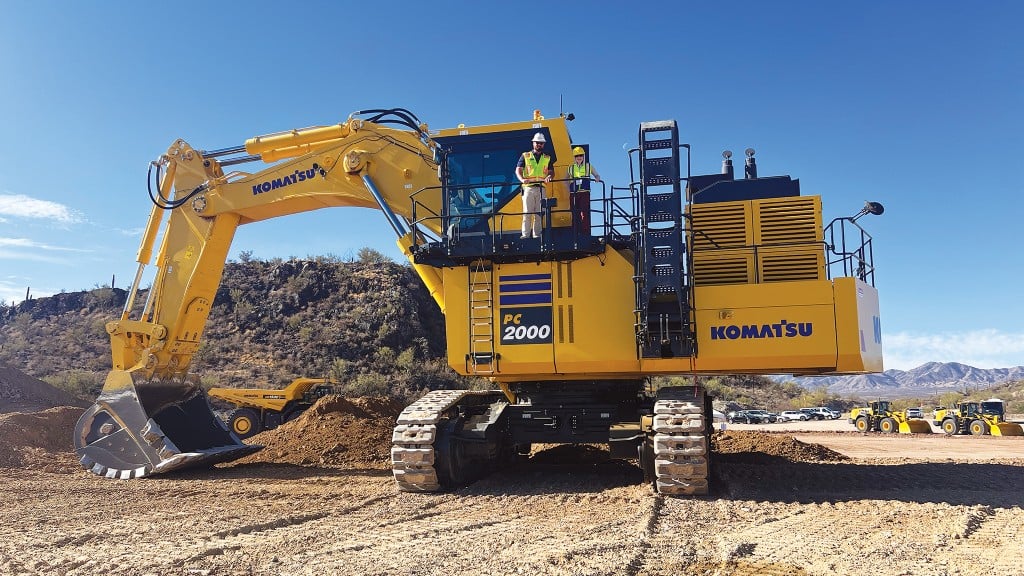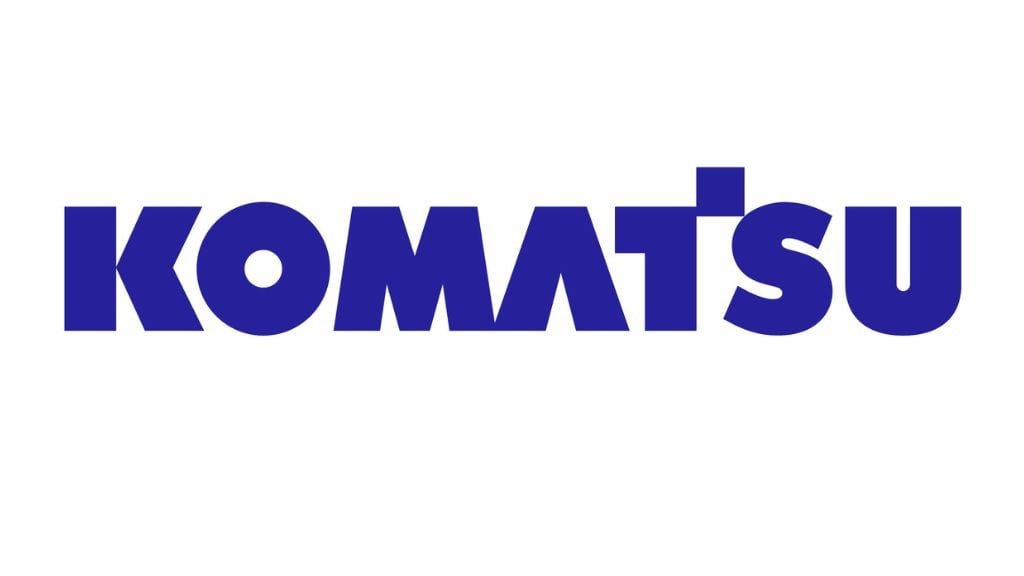Field Report: Komatsu Quarry Days 2025
Komatsu shows off new wheel loaders and autonomous technology

Komatsu Quarry Days 2025 was an opportunity to check out some exciting new equipment, learn about an impressive technology partnership, and get in the cab of some big machines. At the company's proving grounds near Tucson, Arizona, Komatsu revealed its latest wheel loaders, put on a show demonstrating autonomous hauling, and set this writer loose to operate the PC2000!
Komatsu introduces big wheel loader update at Quarry Days
Komatsu revealed two fully updated -11 wheel loaders in Arizona, the WA475-11 and WA485-11. Designed for aggregates and earthmoving operations, these machines are available in yard loader (YL) versions with a heavier counterweight, low-profile tires, and a larger bucket.
Kwanju Cho, product marketing manager for Komatsu North America, gave me a tour of the new wheel loaders. Highlights include:
1. Both models feature a new Komatsu engine and the Komatsu Hydrostatic-Mechanical Transmission (KHMT). Reducing fuel consumption while boosting power was a central goal in the development of both wheel loaders.
2. Komatsu has redeveloped the cab on these wheel loaders and the visibility is excellent. Two posts have been eliminated, which makes the cab feel even bigger and provides a confidence-boosting view to the rear of the machine that is further enhanced with a rear-object detection system. The new cab offers low-effort drive-by-wire Angle Feedback Joystick Steering and a heated and ventilated adjustable seat to keep operators comfortable and reduce fatigue. A steering wheel option is available.
3. Komatsu focused on improving the maintenance and safety features on both models, introducing extended service intervals for the engine oil and filter. New anchor point tie-offs make maintaining and cleaning the machines safer for operators.
Komatsu and Pronto demo autonomous rigid haul truck
At Komatsu Quarry Days 2025 the company demoed an HD605-10 rigid hauler outfitted with automation technology from Pronto, performing several operational cycles at the Tucson proving grounds.
Pronto's autonomous system uses cameras mounted on the front and back of the truck, without radar or lidar, for safe navigation and an LTE and GPS mast on the front to communicate with other trucks in the quarry. The trucks communicate with each other to make operational decisions — where to load and where to dump.
The brains of the truck, the GPU/CPU that processes all the data, is mounted behind the jump seat in the cab. It does all of the computation (decision making) locally on board the truck and does not rely on a network to operate safely. A blue andon light mounted on the side of the cab indicates that the machine is operating autonomously.
Information about the truck's operation, location, and routes can be viewed on an iPad by the site supervisor. It takes two days to upfit the truck, followed by a testing period of three to five days. The upfit procedure is very straightforward and most time preparing for autonomous operation is spent with the customer reviewing training, safety, and operational procedures.



